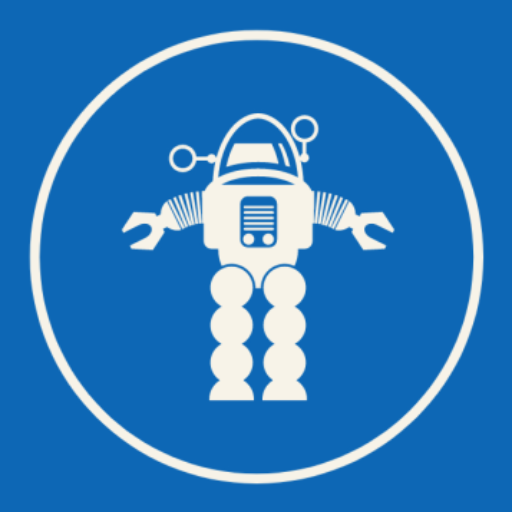O’Reilly Media – Build to Last
The following originally appears on fast.ai and is reposted here with the author’s permission. I’ve spent decades teaching people to code, building tools that help developers work more effectively, and championing the idea that programming should be accessible to everyone. Through fast.ai, I’ve helped millions learn not just to use AI, but to understand it…
